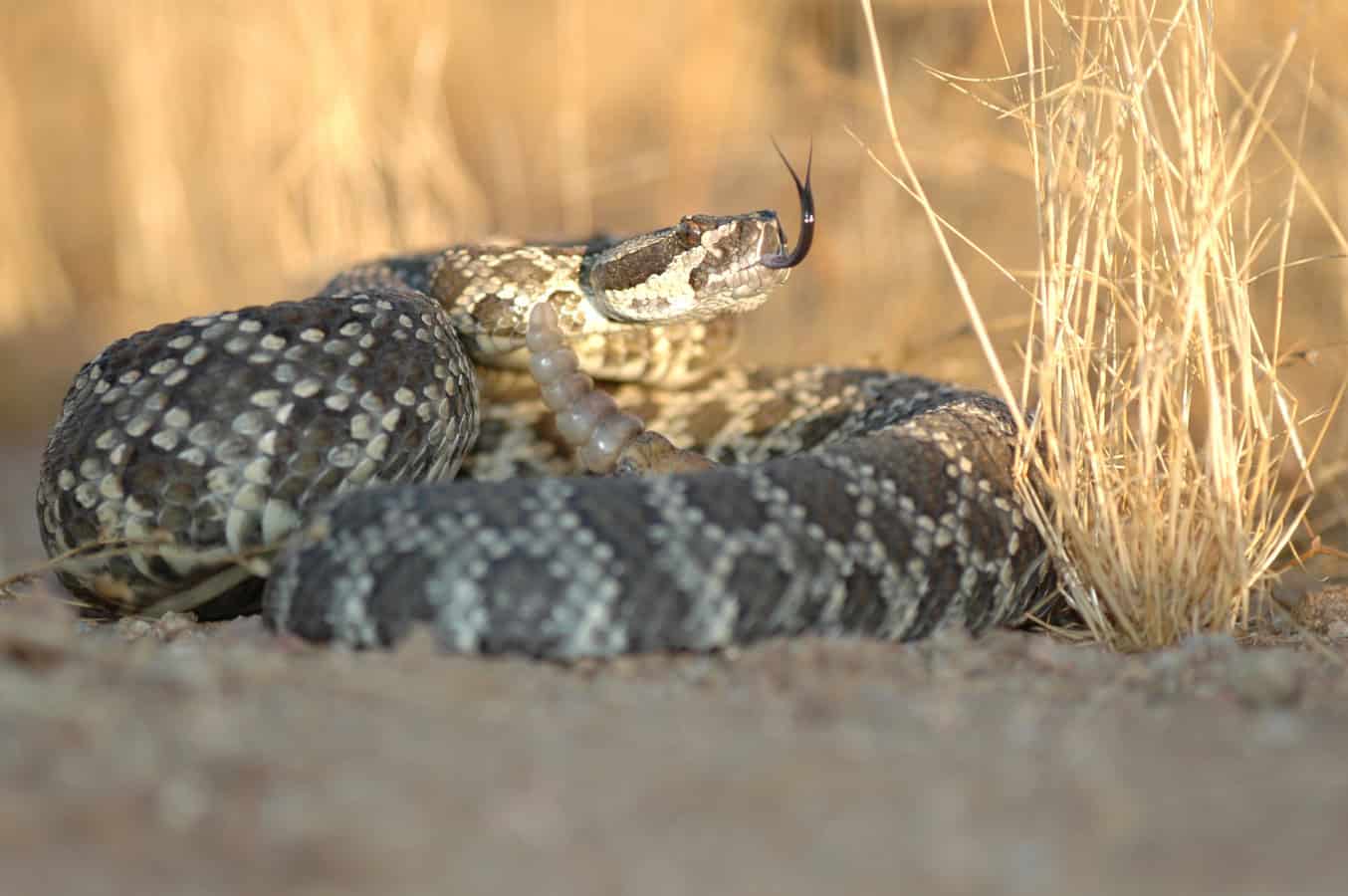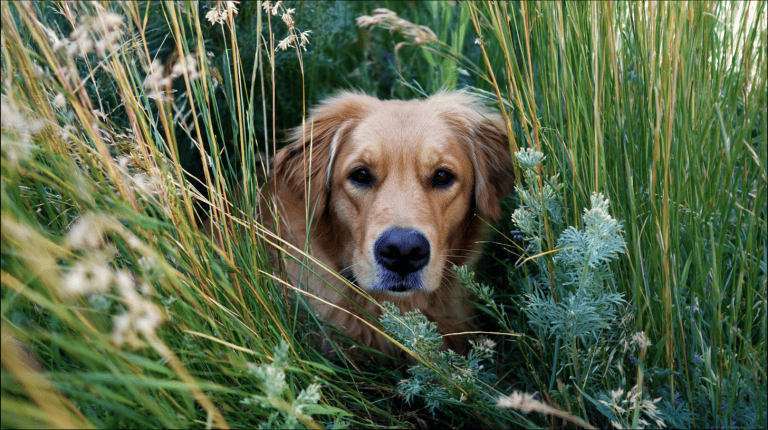While some parts of California might not have the perfect climate for rattlers, the warming weather not only brings hikers and outdoor enthusiasts outdoors; it also marks the return of rattlesnakes from their winter slumber. This seasonal shift prompts heightened awareness among hikers, particularly those who hike with their dogs.
California is home to seven distinct species of rattlesnakes, two of which include multiple subspecies, resulting in a total of ten different forms of rattlesnakes across the state.
How do I identify a rattlesnake?
Each rattlesnake in California features a blotched pattern on its back and a rattle at the tail end, commonly used as a warning signal. It’s important to note, however, that newborn rattlers are born without a rattle, and adults may lose theirs due to breakage, so the absence of a rattle does not necessarily mean a snake isn’t a rattlesnake.
The most common rattlesnake in Northern California is the Northern Pacific rattlesnake, known for its adaptability to various habitats, including forests, grasslands, and suburban areas. In contrast, Southern California is primarily home to the Southern Pacific rattlesnake, often found in rocky areas and dry brushlands. These rattlesnakes are characterized by their distinctive patterns and the classic rattling sound used as a warning signal to potential threats.
Are rattlesnakes very aggressive?
California’s diverse habitats, from the desert to the Sierra to the coast and redwoods, provide diverse habitats for rattlesnakes. In the deserts, snakes find shelter under rocks and within sand dunes, while in the Sierra, they thrive in montane woodlands. The coastal regions and redwoods offer cooler, moist conditions that different snakes may find suitable, depending on the area. Specific small-scale habitats or “microhabitats” compensate for the broader climate challenges, such as rocky outcrops formed by landslides common along California’s north coast, which provide ideal sunning spots for these reptiles.
Rattlesnake risks for dogs
A close encounter with a rattlesnake can be particularly dangerous for pets. Dogs, being naturally curious, may inadvertently provoke a snake, leading to a potentially fatal bite. Rattlesnake venom can cause severe symptoms and even death, with first aid treatment including immobilization and urgent veterinary care. Smaller dog breeds are particularly vulnerable due to their smaller body size and higher body-to-venom ratio.
What to do if you see a rattlesnake
It’s crucial for hikers not to provoke a rattlesnake; if encountered, it’s best to back away slowly and allow the snake space to move away on its own. Rattlesnakes typically avoid confrontation unless threatened. They are most active between April and October, during the warmer parts of the day when they come out to bask in the sun. To stay safe, hikers should watch where they step and stick to well-traveled trails, avoiding tall grass and heavy underbrush where snakes may hide.
Antivenom for dogs?
Carrying antivenom for dogs isn’t practical due to the need for professional storage and administration, its expense, and species specificity. Immediate veterinary care is crucial if a dog is bitten, as vets are equipped to administer the appropriate antivenom and provide necessary treatment.
Suggestions from California Department of Fish and WIldlife
- Stay alert when outdoors.
- Wear sturdy boots and loose-fitting long pants. DO NOT wear sandals or flip-flops in brushy areas.
- Stay on well-used trails. Avoid tall grass, weeds, and heavy underbrush.
- Check rocks, stumps or logs before sitting down.
- Shake out sleeping bag and tent before use.
- Let others know where you are going, when you plan to return, and carry a cell phone. Hike with a companion when possible.
- DO NOT grab “sticks” in water. Rattlesnakes can swim.
- DO NOT let dogs off leash. Dogs are at increased risk when sniffing the ground near brushy areas.
- DO NOT try to touch or handle a snake, dead or alive. Dead rattlers may still inject venom shortly after death.
Got your hiking boots ready? And your snake radar turned on? Keep those pups close and those eyes peeled—it’s slither season out there!










